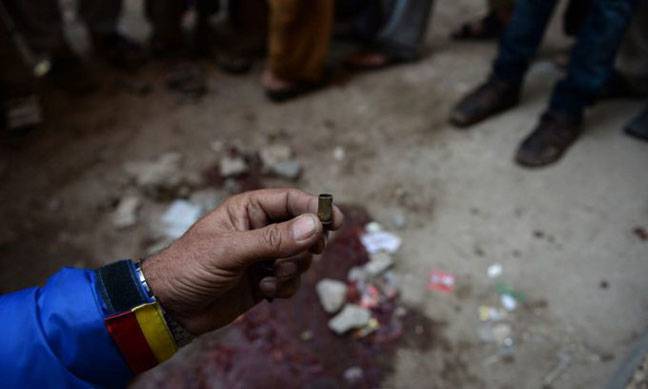Quetta - Suspected militants on Friday gunned down three Pakistani workers building a Chinese-funded “Silk Road” highway in Balochistan, just days after a similar attack killed 10 Sindhi labourers in the south-western province.
There was no immediate claim of responsibility, but previous such attacks have been unleashed by separatists who fear the CPEC-related construction projects are a ruse to take over their land. Last week’s attacks were claimed by the outlawed Baloch Liberation Army (BLA).
The men killed on Friday in coastal Makran division were part of a team working on a major highway linking the port-city of Gwadar to the provincial capital of Quetta, said Sarmad Saleem, a regional official. One labourer, Ghulam Abbas, died on the spot. The two others, Nadal Bhutto and Tahir, were taken to Kech hospital where they succumbed to injuries, sources said.
They were making a trip to a marketplace in the small town of Hoshab, 280 km from Gwadar, to buy daily supplies when suspected militants shot at them and fled, said an official of Frontier Corps, a paramilitary force overseeing security in Balochistan.
Gwadar’s deep-water port is the exit point for China Pakistan Economic Corridor (CPEC), a planned route from China’s far western region of Xinjiang to the Arabian Sea, which is expected to start functioning by June 2018. Pakistan expects up to 4 percent of global trade to pass through it by 2020.
For decades, Balochistan, where police jurisdiction is limited to major urban centres, has grappled with a campaign waged by separatist militants against the central government to demand a greater share of the gas-rich region’s resources.
Militants have killed at least 54 Pakistani workers there since 2014, security officials say.
In 2015, Pakistan created an army division, estimated to number more than 10,000 troops, to protect projects and workers involved in its effort to upgrade infrastructure, for which China has pledged $57 billion in investments. The CPEC is part of a vast modern-day “Silk Road” network of trade routes linking Asia with Europe and Africa.






